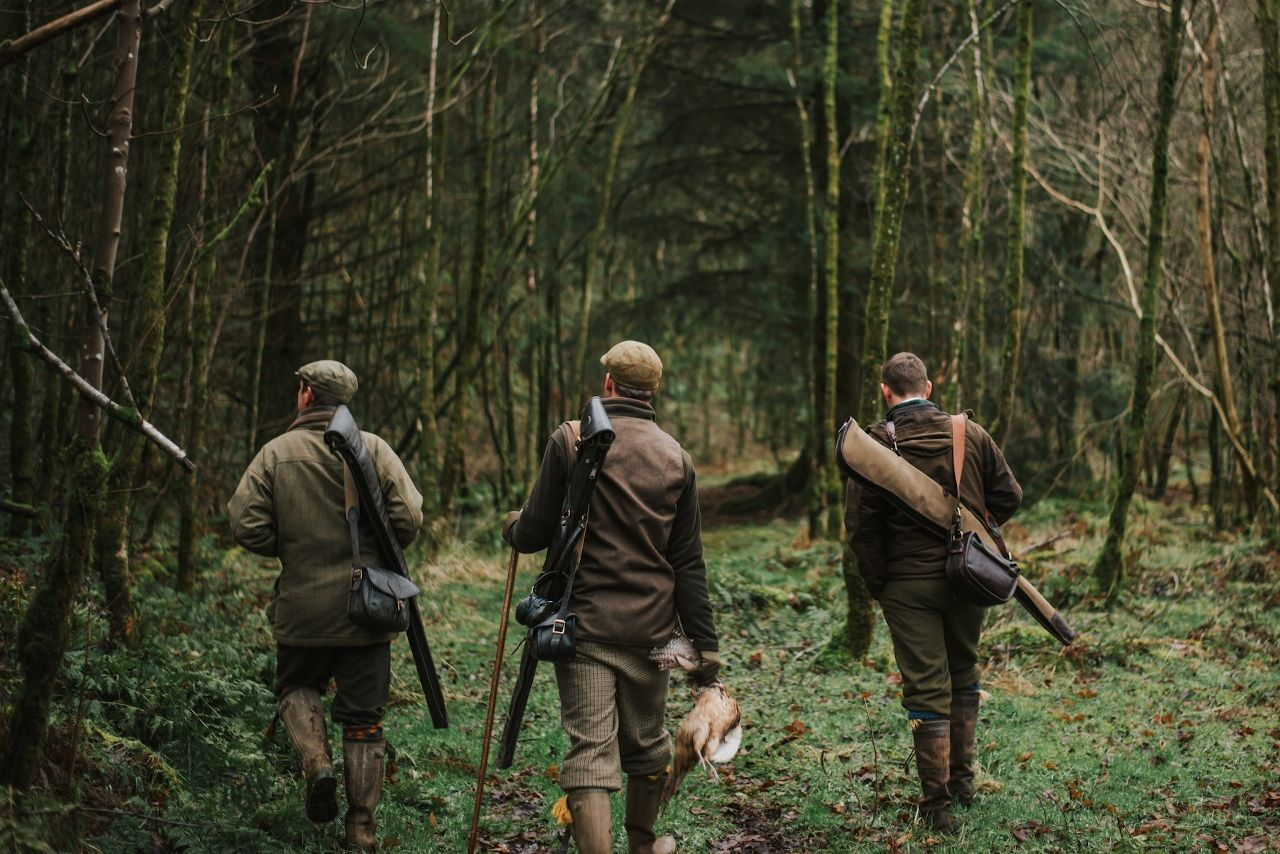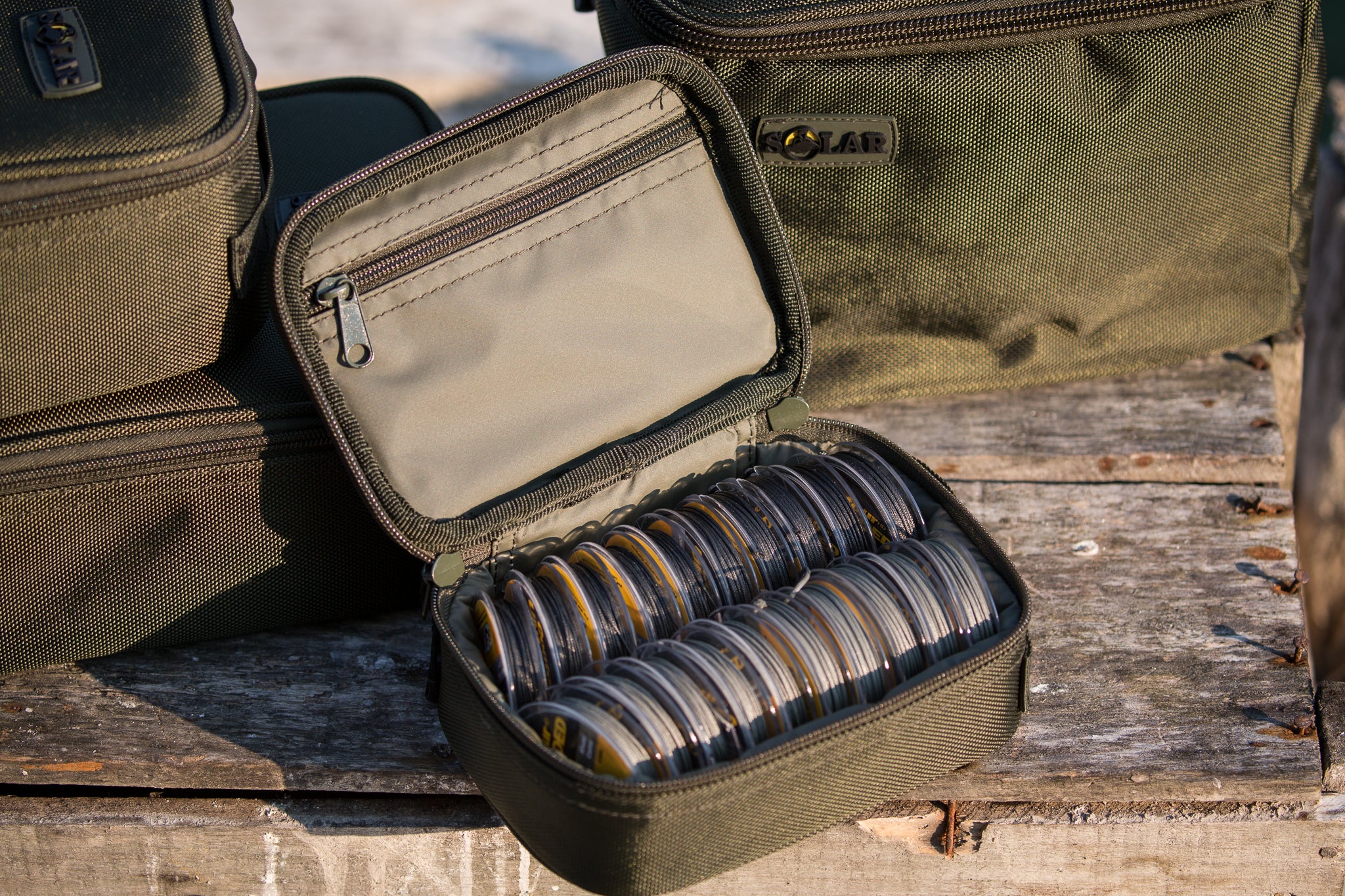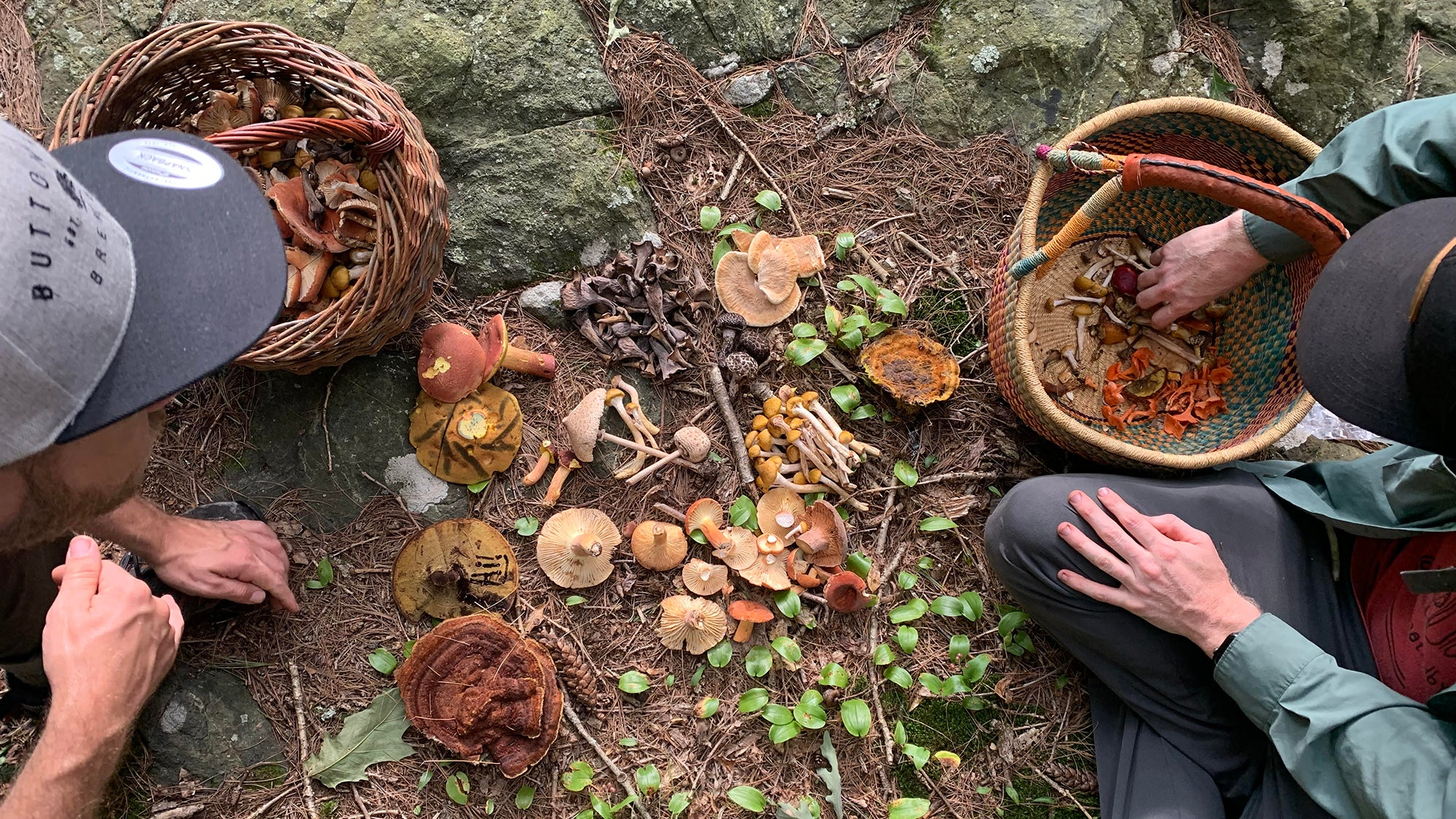The Biggest Risks of Mushroom Hunting—and How to Stay Safe
Mushroom hunting is an exciting way to enjoy the outdoors, connect with nature, and even gather delicious wild food. But while foraging can be rewarding, it also comes with real risks. From poisonous look-alikes to unpredictable weather, mushroom hunters—both beginners and experienced—need to stay alert and prepared.
In this article, we’ll explore the biggest dangers of mushroom hunting and share practical safety tips so you can enjoy your foraging trips with confidence.
The Biggest Risks of Mushroom Hunting—and How to Stay Safe
1. Misidentifying Poisonous Mushrooms
One of the greatest dangers in mushroom hunting is mistaking a toxic species for an edible one. Some poisonous mushrooms, such as the death cap (Amanita phalloides) or false morels, closely resemble safe varieties. Even a small bite of certain species can lead to severe illness or be fatal.
How to Stay Safe:
-
Never eat a mushroom unless you are 100% certain of its identity.
-
Use multiple guidebooks or mushroom ID apps, but don’t rely solely on photos.
-
Join a local mycology club or go with an experienced forager.
2. Allergic Reactions and Digestive Upset
Even edible mushrooms can cause allergic reactions or stomach issues in some people. This is especially true when trying a wild mushroom for the first time.
How to Stay Safe:
-
Start with small portions of any new mushroom.
-
Cook mushrooms thoroughly, as many are toxic when raw.
-
Avoid mixing multiple new species in one meal.

3. Dangerous Terrain
Mushroom hunters often venture into dense forests, steep slopes, or areas with uneven ground. Slips, trips, and falls are common, especially in wet weather.
How to Stay Safe:
-
Wear sturdy boots with good traction.
-
Carry a walking stick or trekking pole for stability.
-
Stay aware of your surroundings and avoid risky terrain.
4. Getting Lost in the Woods
It’s easy to get turned around when you’re focused on spotting mushrooms. Many mushroom hunters underestimate how quickly they can lose their bearings.
How to Stay Safe:
-
Always tell someone where you are going and when you’ll return.
-
Carry a map, compass, or GPS device.
-
Mark your path with ribbons or natural landmarks.
5. Wildlife Encounters
Foraging areas may overlap with the habitats of animals such as snakes, ticks, bears, or wild boars. While encounters are rare, they can be dangerous.
How to Stay Safe:
-
Make noise while walking to avoid startling animals.
-
Wear long clothing to prevent tick bites.
-
Carry bear spray or another deterrent if in wildlife-heavy areas.
6. Weather Hazards
Sudden changes in weather can turn a pleasant trip into a risky situation. Heavy rain, storms, or extreme cold can cause hypothermia or make trails slippery.
How to Stay Safe:
-
Check the weather forecast before heading out.
-
Dress in layers and bring waterproof clothing.
-
Pack extra water and snacks in case your trip takes longer than expected.
Final Thoughts
Mushroom hunting is a wonderful way to connect with nature, but it’s not without risks. By being cautious, prepared, and knowledgeable, you can greatly reduce the dangers. Remember: when in doubt, throw it out—no mushroom is worth risking your health.
With the right precautions, you’ll not only stay safe but also enjoy the adventure of finding wild treasures in the forest.























